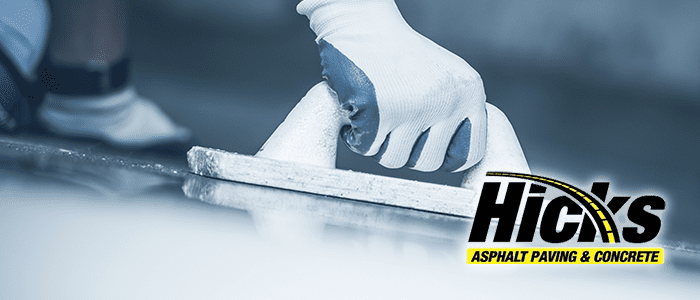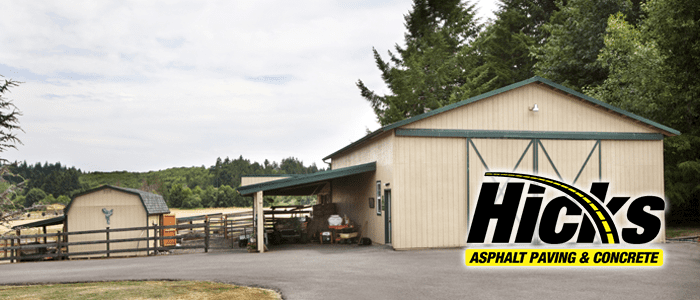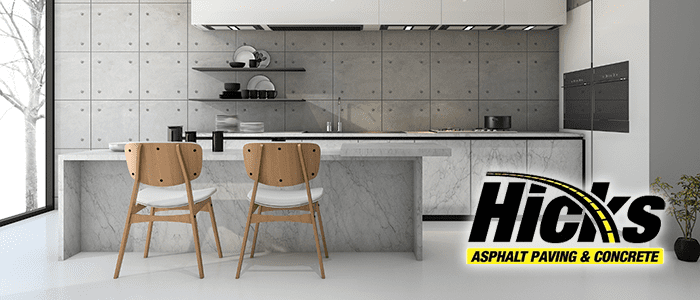Polishing concrete is a relatively new finishing process for both commercial and residential flooring. This atypical type of finishing was discovered by accident via a contractor in the late 1990s. He instructed his workers to polish the flooring of a palace. Except they didn’t use the usual ‘wet polish’ method. Without water they ground down all imperfections in the concrete until it created beautiful, decadent polished concrete floors.
Since the late 90’s various contractors and companies throughout and outside of the United States have employed their own methods, tools, and techniques to improve upon this newly created flooring. Contractors grind, hone, and polish a basic concrete floor using a variety of abrasives until it creates a mirror sheen. Today, the newly minted methods of dry polishing can allow your contractors to create a hardened, reflective finish to your home or commercial building that is economical, efficient, and most of all – gorgeous.
Boons of Polished Concrete
Polished concrete is one of the few stone floorings that are utterly wax-free on construction; the sheen is not from artificial chemicals giving it a shine via a surface treatment, but from the glassy finish itself instead. No longer will you or potential employees be required to spend oodles of time shining your flooring. Instead, it’s simply part of the construction.
Much like sanding and finishing various woods, you can also request differing types of ‘styles’ for your polished concrete flooring. There are degrees of glossiness, varied colors, embedding aggregates, and even engraving patterns into the surface of the flooring itself. This is not the average ‘boring’ concrete slab, but instead, a newer cost-conscious option in contrast to typical stone standards.
Not only is polished concrete beautiful – a well-constructed polished floor has a lifespan of anywhere between twenty to roughly one hundred years if taking varied environmental factors and traffic into consideration.
Expanded Positive Factors of Polished Concrete
- Cost-Effective
- Durable
- Less Maintenance
- Light reflective
- Allergen Friendly
Polished Concrete Flooring Types
Grind and Seal Concrete
This variant of polished flooring is a good way to cut corners in cost if you’re seeking to quickly create a garage or other less-traveled room. One of the downsides, unfortunately, is that this type needs to have the top layer replaced every half-decade to a full decade, depending on the level of usage the flooring sees.
The grind and seal variant is, unlike contemporary polished concrete, simply a rough grinding of the upper layer of concrete, then a sealant. The sealant itself will only be effective and beautiful for so long, but it will work in a pinch for quicker projects. Experts recommend using this flooring for outdoor projects.
Mechanically Polished Concrete
This is the more expensive yet twice as durable variant of polished concrete. Unlike grind and seal, Mechanical polishing instead cleanly and attentively sands, grinds, grouted, hardened, and re-polished to ensure that the floor is positively gorgeous. This is the flooring recommended for indoor flooring and has several options for you to choose from in terms of ‘looks’ for the floor.





